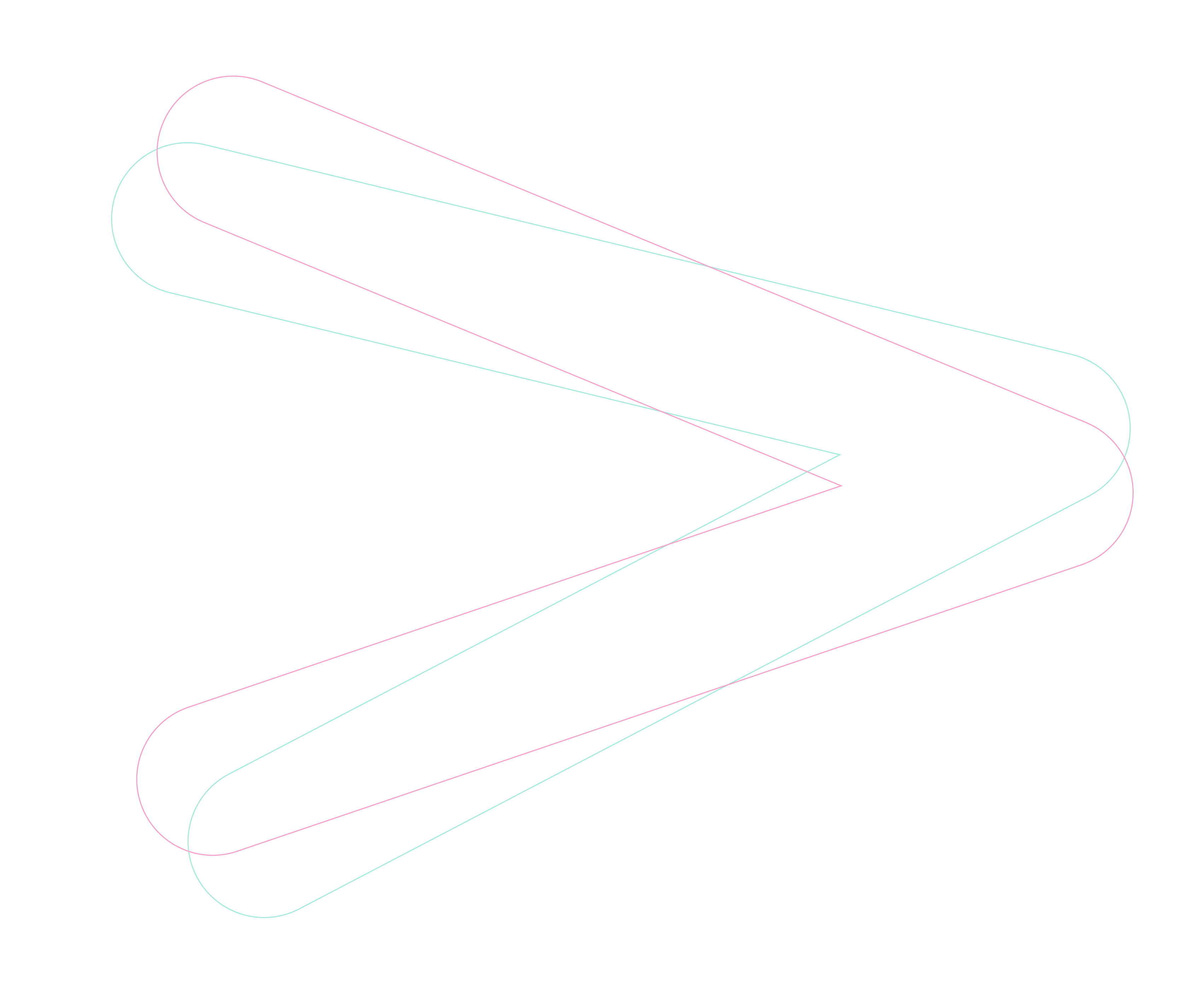Are you one of the many IT security professionals who is struggling to keep up with your ever-mounting workload? From an evolving threat landscape to increasingly complex security measures, we understand that it can be a minefield of confusion and time-consuming solutions that put pressure on you and your team.
This blog is authored by Louise Mahrra, Head of Marketing.
Our recent research report highlighted that an effective detect and respond solution is difficult to understand and implement. When you mix this with additional issues such as lack of resources, it puts your business at risk to potential threats.
How can I counter the challenges and threats around my business?
There are two common detect and respond solutions that are often talked about, MDR and XDR.
What is MDR?
Managed Detection and Response (MDR) is a 24/7 threat monitoring and response solution that helps organisations manage risk with ease. This is actioned through advanced threat intelligence resources and tools. MDR streamlines incident prioritisation, investigation and response optimise operations in order to protect your valuable data from known or emerging threats.
With an MDR solution, you can enjoy more good days through:
- Gaining visibility through constant cloud, network, and endpoint monitoring approach
- Prioritising incidents using detailed threat analysis, human intelligence, and tools
- Drawing on detailed enrichment for context and decision-making
- Responding faster with security orchestration and automated responses
As Cisco’s UK&I Security Partner of the Year 2022, we at CAE can deliver an MDR solution for a range of technologies including; endpoints, networks, cloud and IoT, all tailored as per your needs.
Our cyber security experts play a vital role in our customers’ security approach, ensuring the right tools are in the right place at the right time; because amazing people need amazing technology.
Read about the 5 security challenges and how to overcome them.
What is XDR?
Although endpoints are an essential part of the attack surface, its just a minor component of the bigger picture that defines your network. In current times, elements such as email servers, network devices, cloud applications, and IoT devices among others make up a modern network infrastructure. Collecting data through these various means makes your business vulnerable to multiple threats. This is where Extended Detection and Response (XDR) comes in.
An XDR solution sheds light into your data, whether that’s in networks, clouds, endpoints and other applications. This advanced preventive solution applies analytics and automation that can detect, analyse, hunt and remediate the present and future cyber security threats, either manually or through automation.
With an Extended Detection and Response solution, you have the ability to stop threats before they happen, preventing data loss and the dreaded security breaches. With clearer visibility and context around cyber threats, XDR sheds light on potential events and will bring a higher level of awareness to you and your security team.
This allows you to focus, prioritise and eliminate any potential attacks, while reducing the risk and scope of any threats, all so that you can sleep better and look forward to more good days.
What is the main difference between MDR & XDR?
Designed to support cyber security teams with ever-evolving threats, both MDR and XDR can tackle the challenges around growing workloads and limited time or resource. However, it is worth noting that these are two separate solutions, which means they approach each security problem differently.
The main difference between MDR & XDR is that one is a supplementary support to your internal team, whereas the other solution removes certain aspects of the security pressures, providing you with more good days.
MDR doesn’t take the problem away and solve it, it works together with your existing team. An MDR provider like Cisco offers an external SOC, performing most or all of the duties that are fundamental to monitoring and protecting your organisation’s IT assets.
XDR is a security tool that solves challenges by simplifying them, breaking them down so your cyber analysts can do their job. It brings visibility across your security architecture together and automates those repetitive and time-consuming tasks, taking the pressure and restraint away from your security team to focus and address potential threats to your business.
Both XDR and MDR solutions will drastically improve your ability to identify and respond to security threats. The question of which solution is right for you depends on the maturity of your security team and the individual security requirements for your business.
By partnering with the right MDR partner, you can take advantage of the huge cost savings compared to maintaining an equivalent SOC inhouse, ensuring expertise is matched across multiple areas. As Cisco’s UK&I Security Partner of the Year, we are here to support you 24/7 365 days a week, giving your peace of mind and the chance to start having more good days with your cyber security approach.
Read more about how CAE is the only second Cisco XDR Solution Specialisation partner in the UK.
Book your workshop
Still thinking? We can support you in this decision, along with a full review of your security architecture with our Network Infrastructure Security Workshop. With our security experts, we will work through each of the pillars in our zero-trust end to end security approach to provide you with a comprehensive report on your overall security posture. This includes any security gaps, allowing you to better plan your budget with a 3-5 year forward view.



